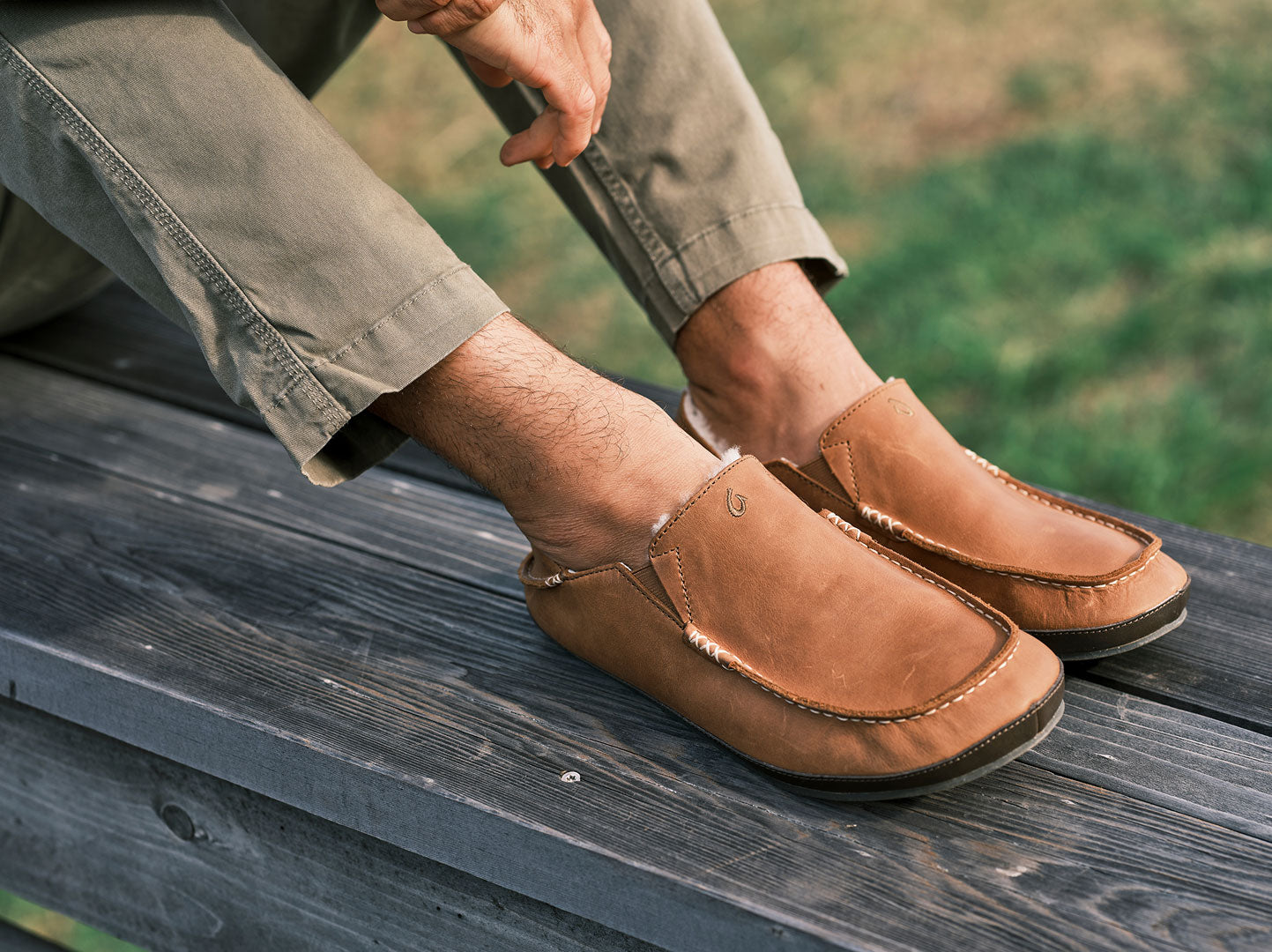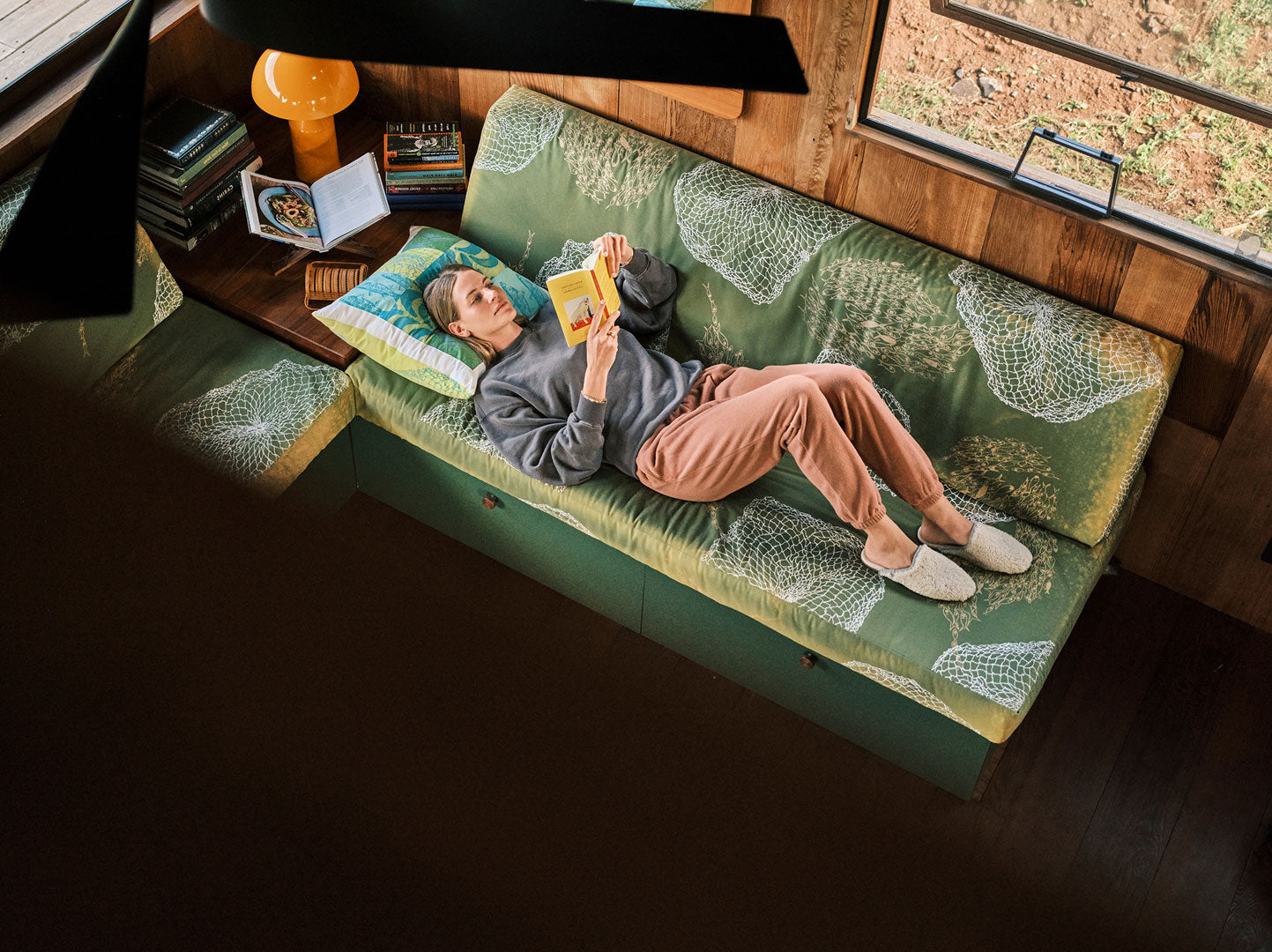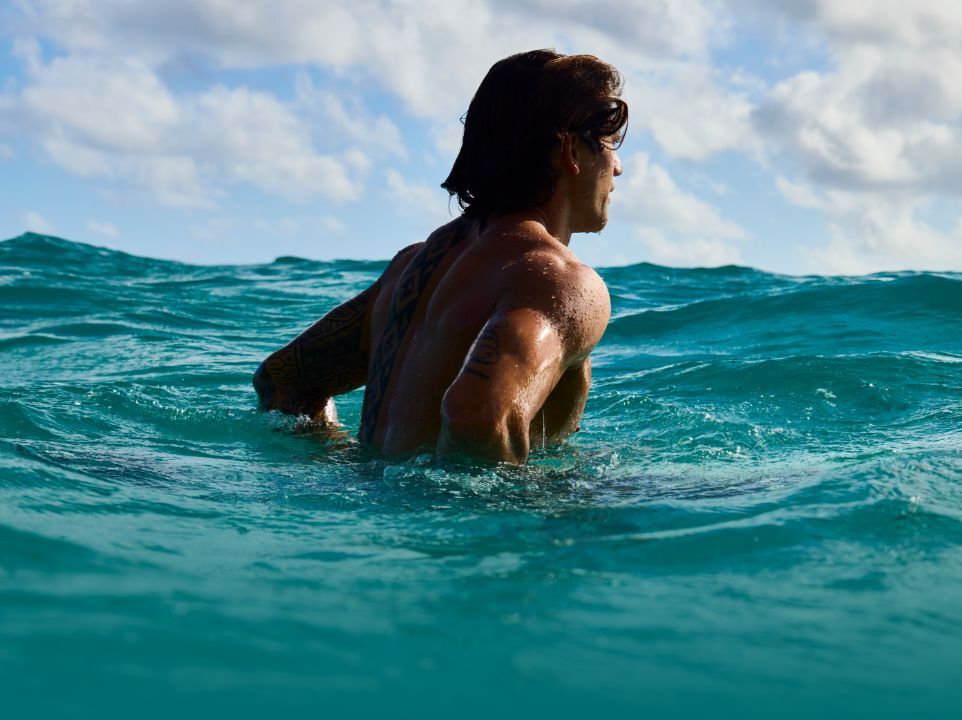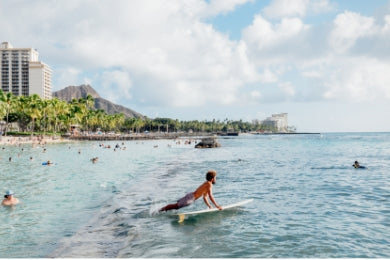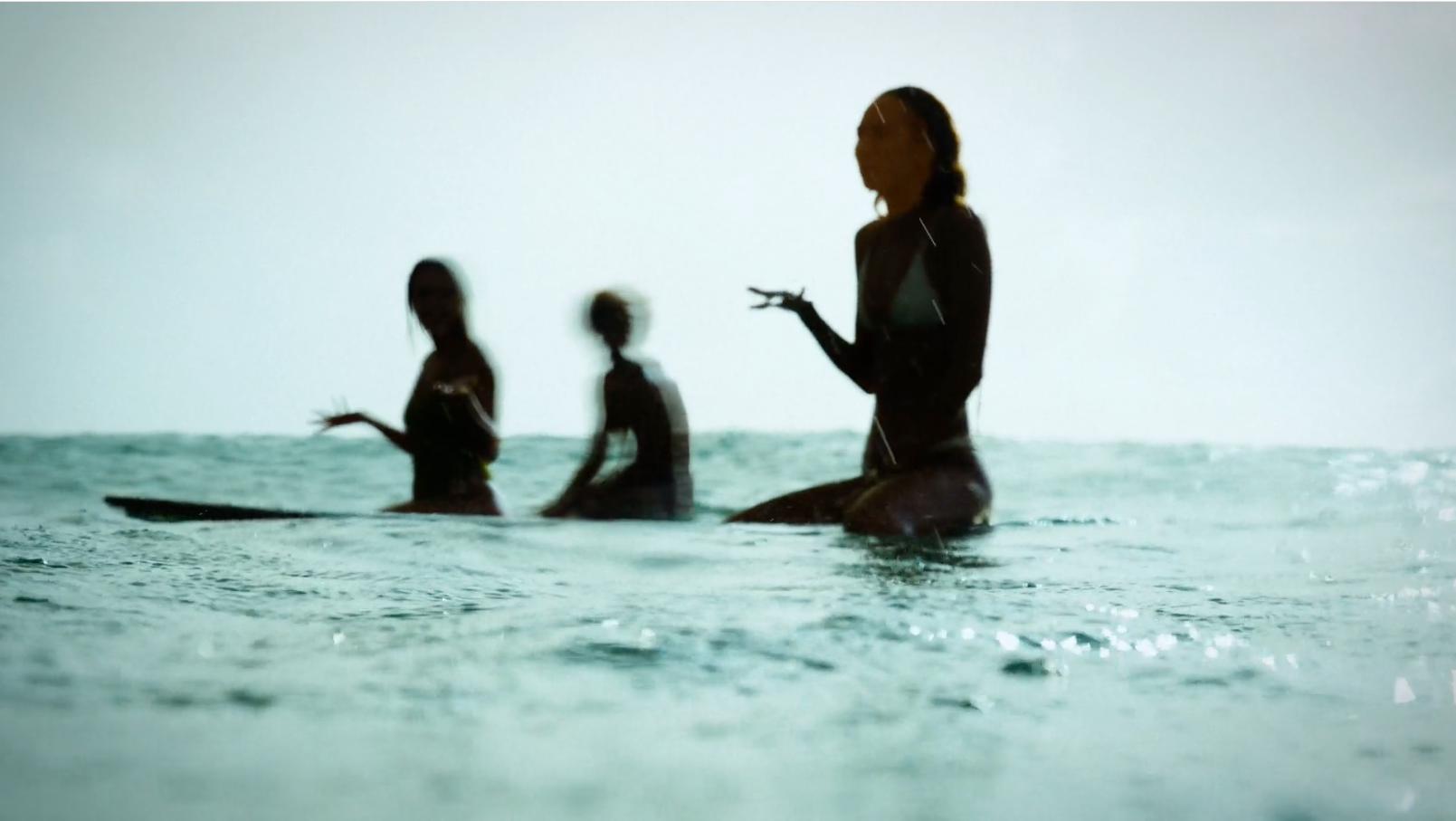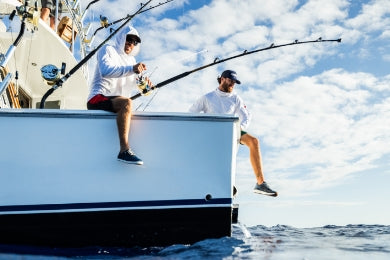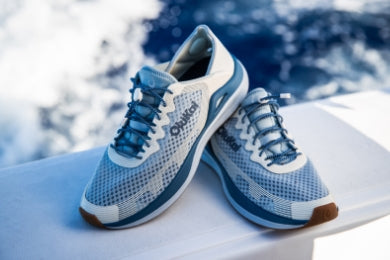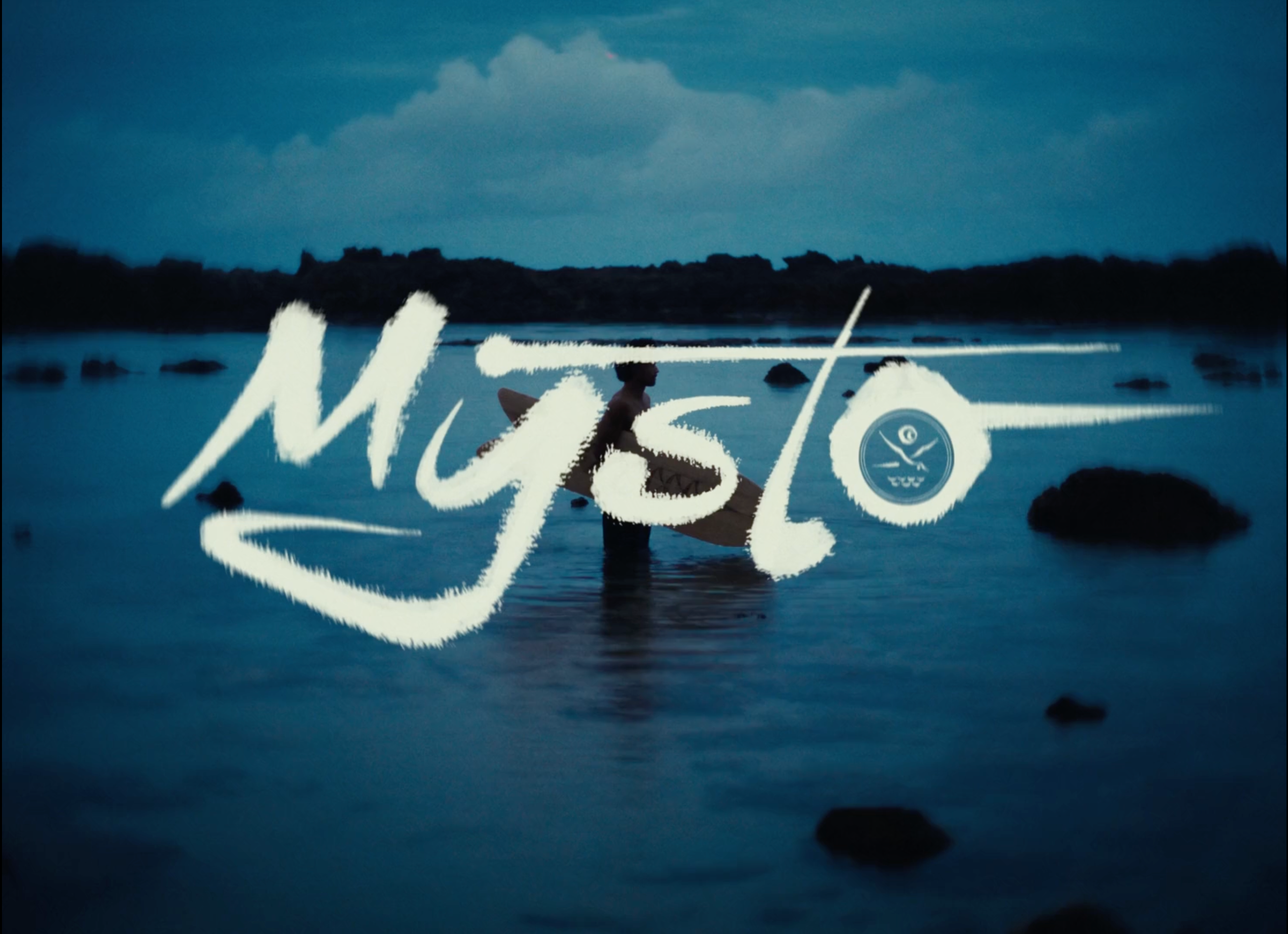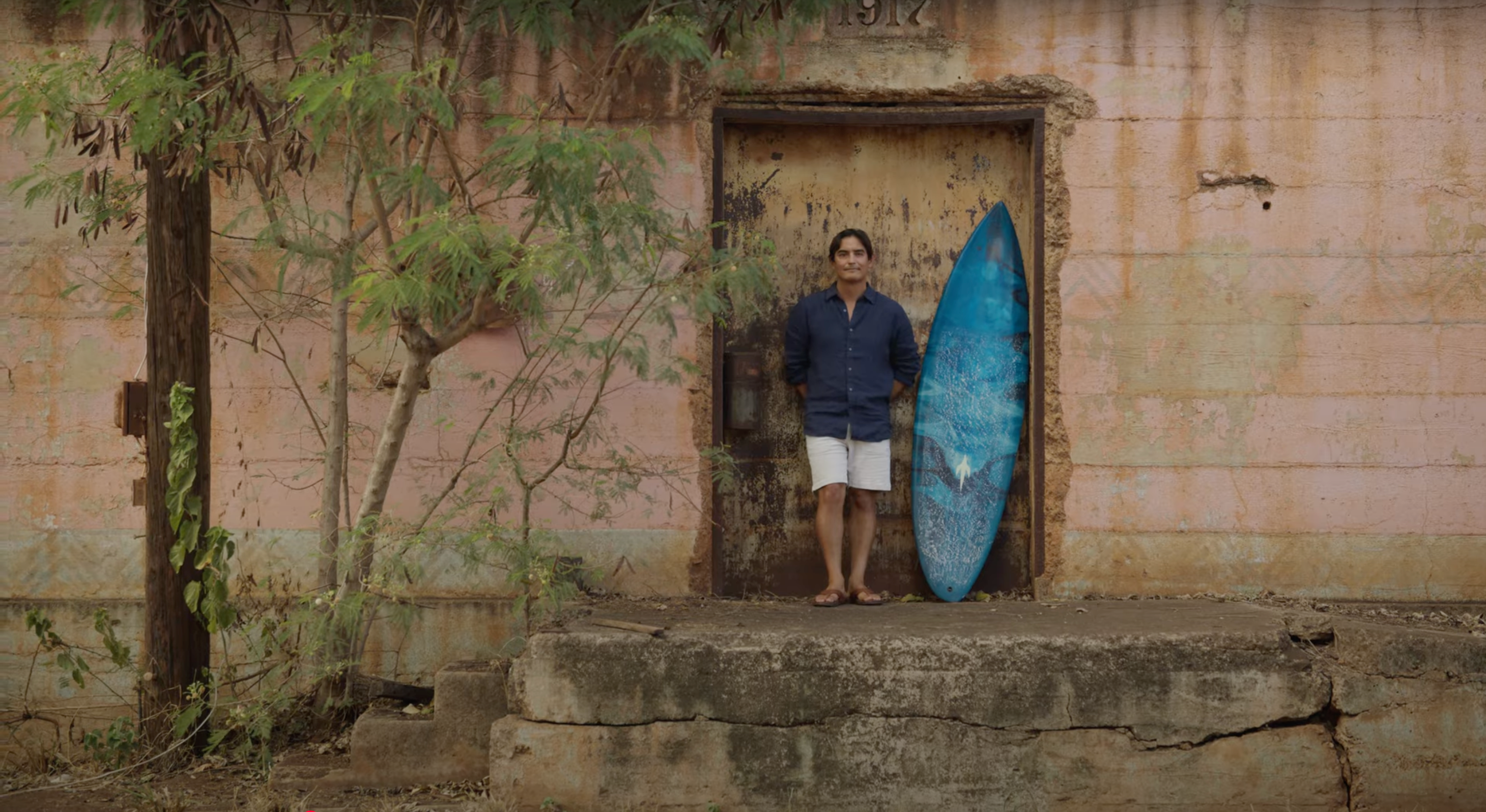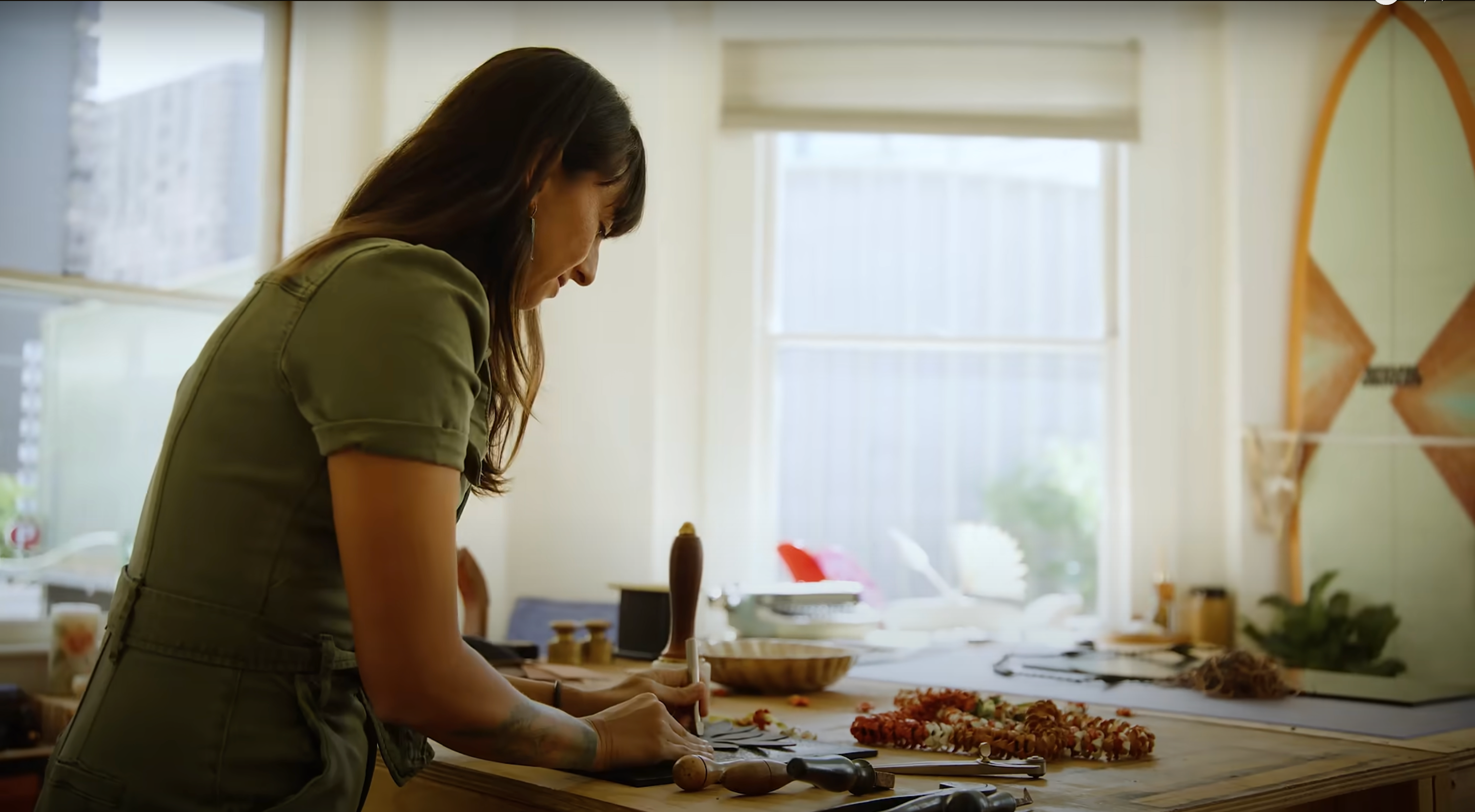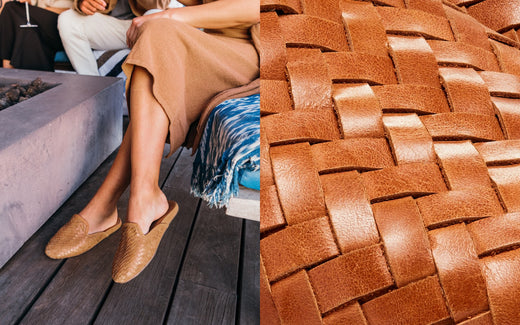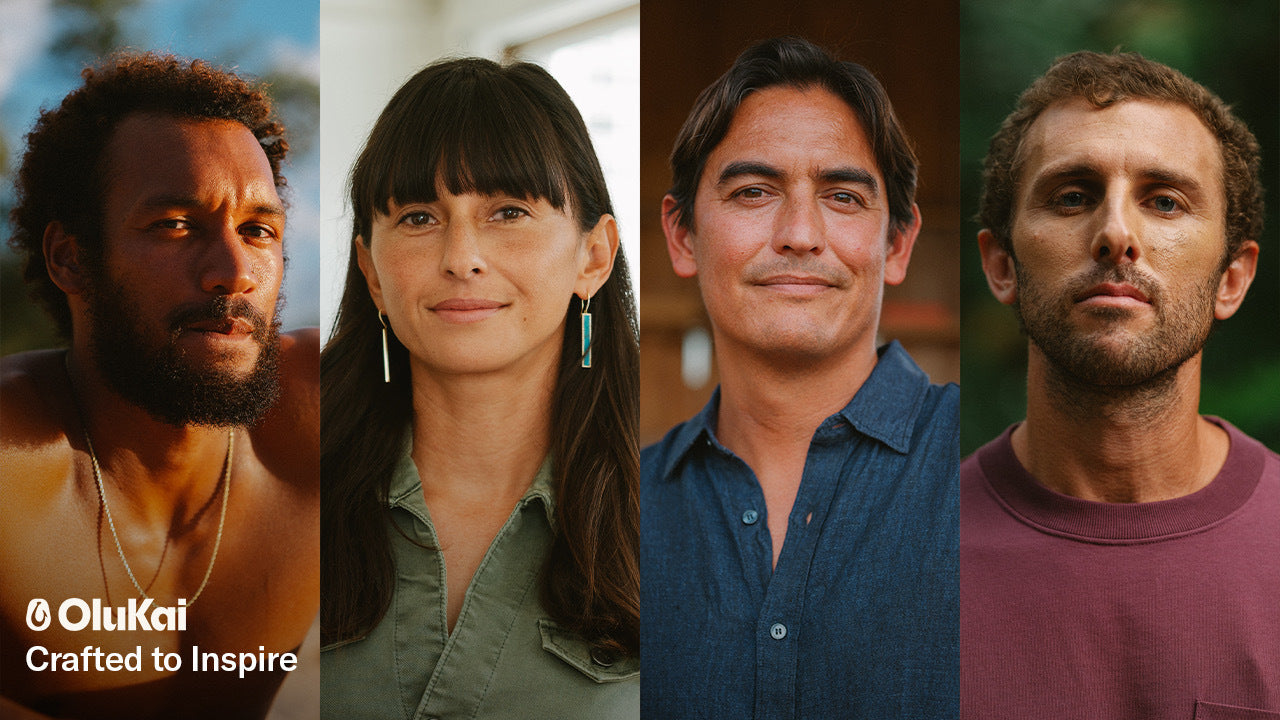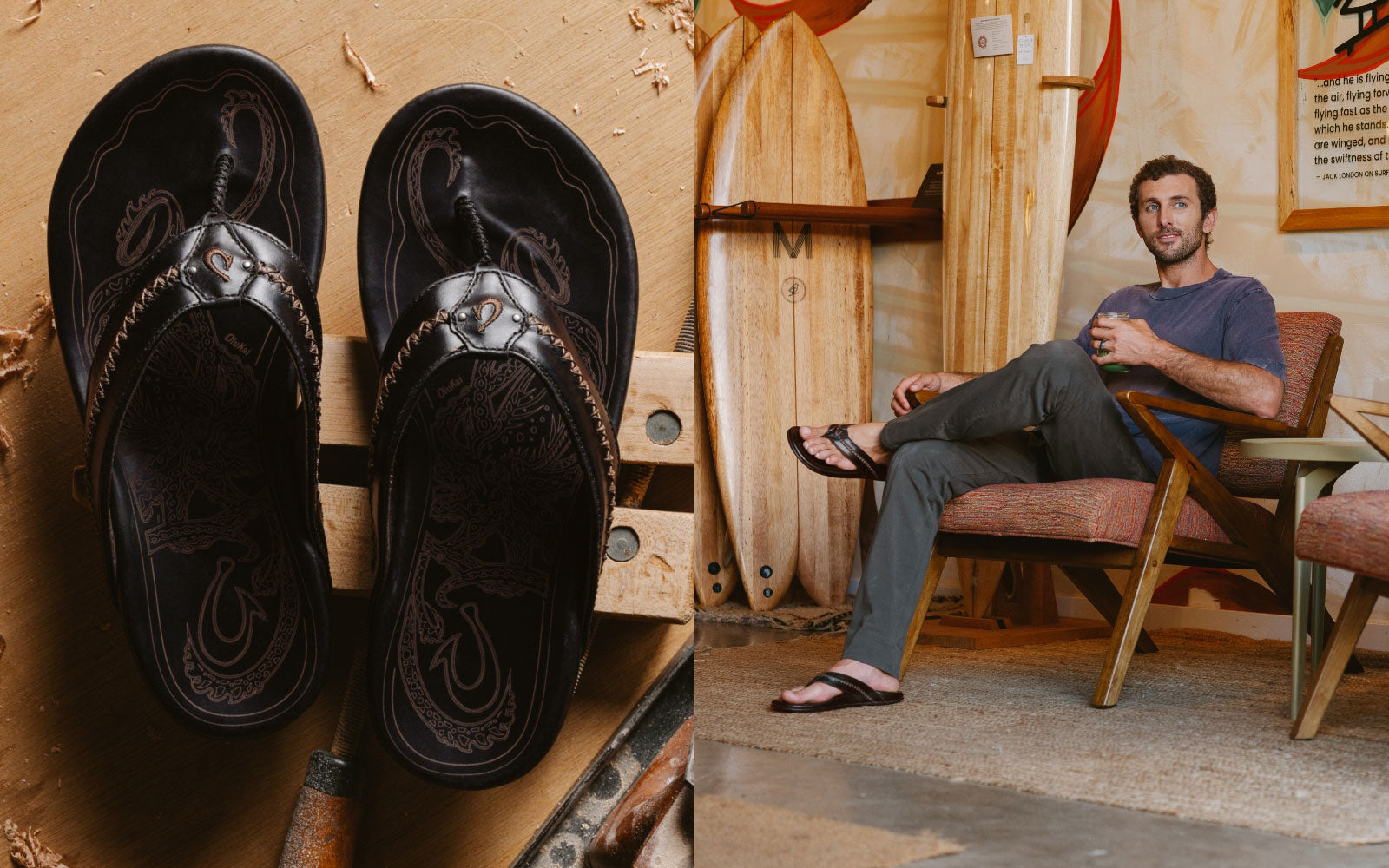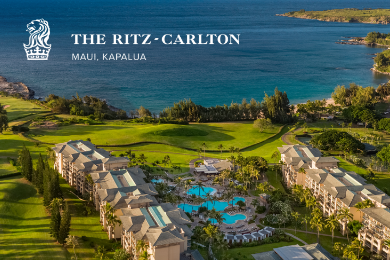 Paddling an outrigger canoe seems simple: jump in and start paddling. However, paddling and moving the canoe forward requires paddling skills, strategies and teamwork. Outrigger canoes seat four, six or twelve paddlers, but no matter the size of the canoe, paddlers perform the same role. No matter what the role, paddlers must integrate strength and endurance to move efficiently.
Define the Role
Paddling an outrigger canoe seems simple: jump in and start paddling. However, paddling and moving the canoe forward requires paddling skills, strategies and teamwork. Outrigger canoes seat four, six or twelve paddlers, but no matter the size of the canoe, paddlers perform the same role. No matter what the role, paddlers must integrate strength and endurance to move efficiently.
Define the RolePaddling requires a stroker, paddler and steerer. The stroker sits in the front where the paddler is located in the center. The stroker sets the pace and is often the most tiring, which requires much endurance. The paddler should be the strongest member of the team and is responsible for maintaining the highest speed. The steerer sits in the rear and responsible for keeping the canoe on course and must maneuver the canoe right and left. Build Strength and Endurance
Most common paddling injuries end up in the shoulder and rotator cuff. It is important to envision that the paddle is moving the boat, not the body moving the paddle. Novice paddlers think of moving the paddle, which does not move the boat. The force must be placed on the “sweet spot” of the paddle with efficient power. This requires core strength and minor hip movement to make each stroke efficient. Therefore, the body moves in unison not as individual parts while paddling. The power comes from the twist and lean, thus using the whole body. The Stroke Phases
Whether solo, or with a group, the entry phase is the point where all blades are in the water. The first stroke is often the most challenging. Make sure the paddle faces the right direction. If with a group, the group must agree on a technique. Efficient strokes lift the boat. Therefore, if starting on the left side, make sure the right hand is on top of the paddle. The catch phase occurs when the whole blade is in the water and pulling occurs. The power phase occurs when the paddle pulls with power followed by the exit phase when the blade reaches mid thigh or hip. The recovery phase is where the paddle returns to the start, or setup, position. The Stroke Movement
Typically, when stroking the arms want to make a triangle position. Try to keep the arms straight throughout the stroke until recovery. To stroke, reach the arms out (straight but not locked at the elbows) and lean forward with a slight twist. Bury the blade completely in water. Drive the top arm forward, bottom arm back and unlean and untwist until the blade reaches the recovery phase. Follow a Rhythm
The team will determine the most efficient method for stroking, but normally outrigger canoeing follows a four or eight stroke. This means that four or eight strokes are performed on the left side of the canoe, followed by the right, and continues this motion. However, the team will always follow the stroker’s command.
